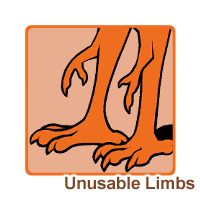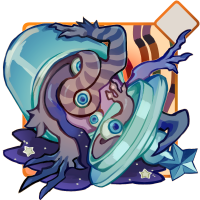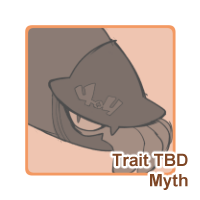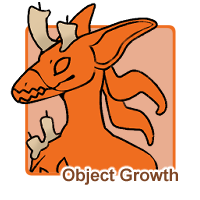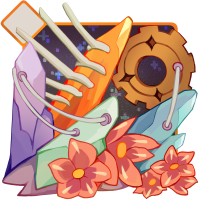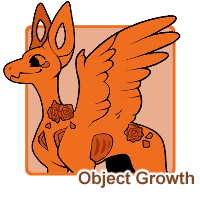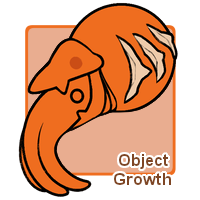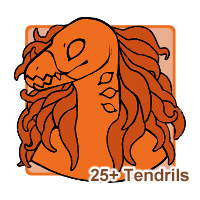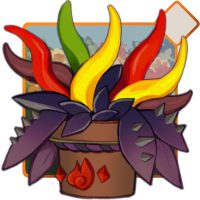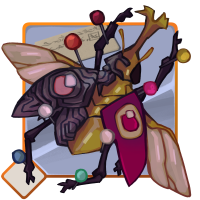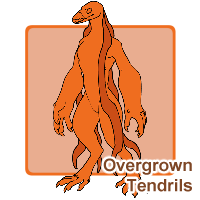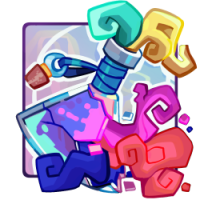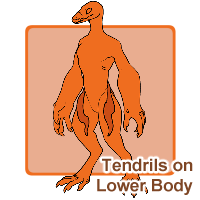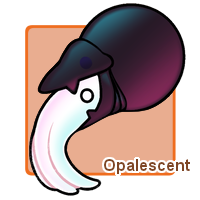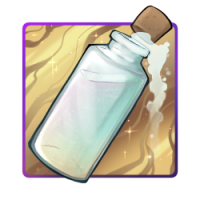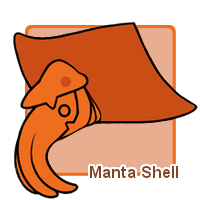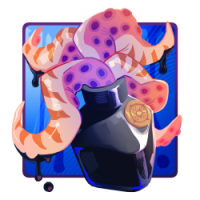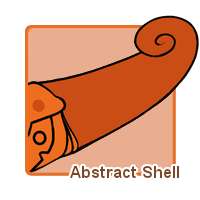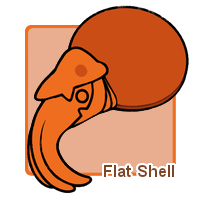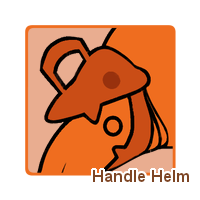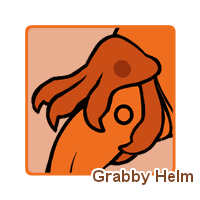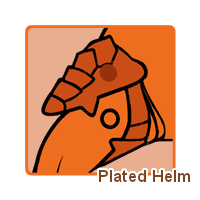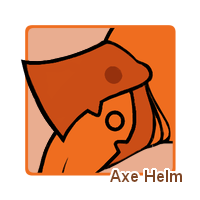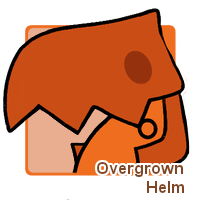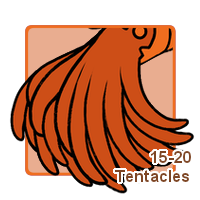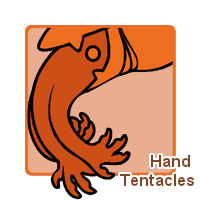Traits
[ Click here for Visual Sorter! ]
Unusable Limbs (Gravents) (Myth)
[Small additional limbs that have digits/joints that are unable to grab or grip objects]
- Limbs are smaller than standard sizing
- Limbs may be missing fingers, have digits varying in length, and have warped joint lengths.
- Limbs must have claws unless using arthropod host
- Limbs can be anywhere on the body, and be placed asymmetrically
- Limbs may appear as small bug legs if using arthropod host
- Each instance of the traits adds 2 pairs of unusable limbs (four total limbs)
- Cannot resemble standard Gravent limb anatomy in shape or size
- Limbs cannot hold or grip objects, and are largely vestigial
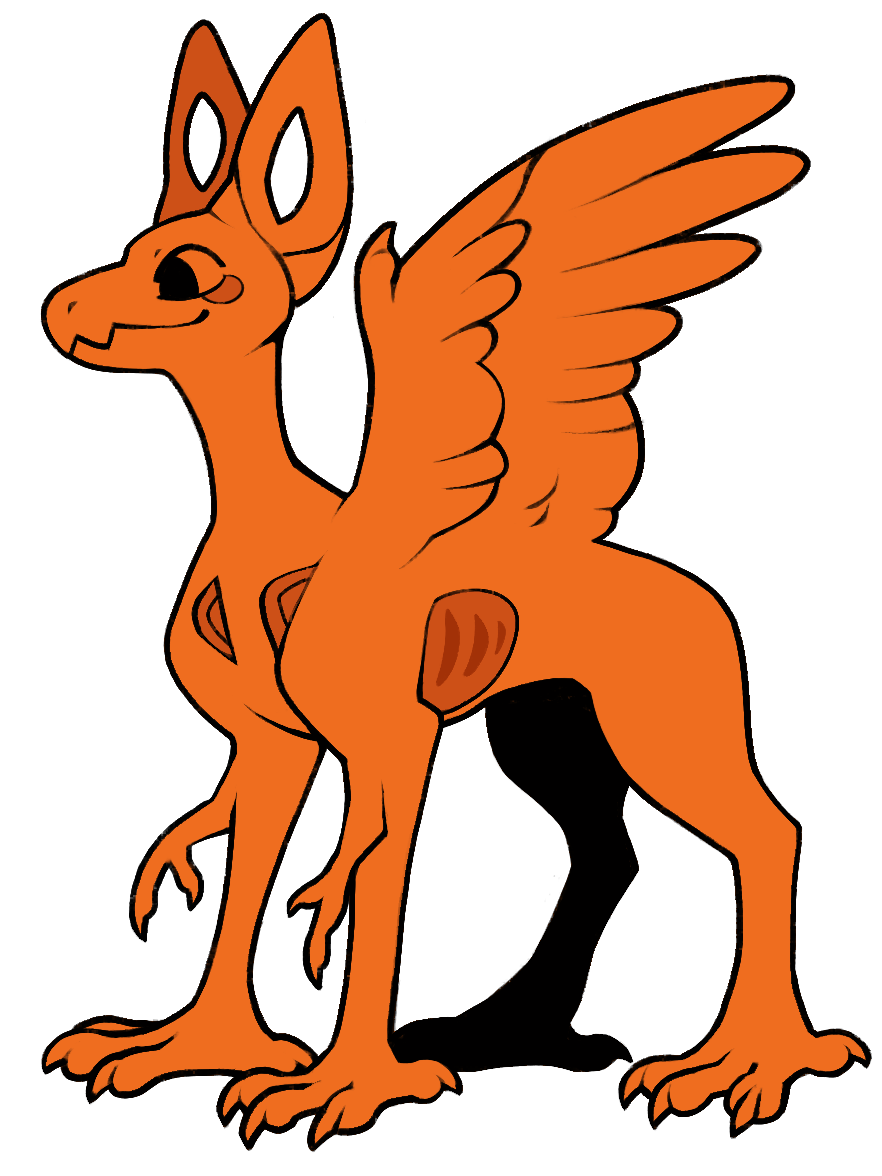
Can be applied by:
Unusable Limbs (Nautipods) (Myth)
[Small additional limbs that have digits/joints that are unable to grab or grip objects]
- Limbs are smaller than standard sizing
- Limbs may be missing fingers, have digits varying in length, and have warped joint lengths.
- Limbs can be anywhere on the body, and be placed asymmetrically
- Limbs may appear as small bug legs if using arthropod host
- Each instance of the traits adds 2 pairs of unusable limbs (four total limbs)
- Cannot resemble standard Nautipod limb anatomy in shape or size
- Limbs cannot hold or grip objects, and are largely vestigial
Can be applied by:
Object Growth (Crooks) (Myth)
[The design grows some form of object across its body]
- Covers one type of object even if that object has more than one material [Example: wires with plastic coating and metallic ends]
- Object Growth includes Object Tail Tip if the tail's object matches the object growth type.
- Objects with multiple parts to it such as chains or multiple materials may be used as long as those parts would naturally appear as part of that object [Example: A lantern may hang from a short chain, have glass paneling, and metal casing. It would not include extra inserts such as candles, but those could be added as accessories]
- If the object glows [Light Bulb] or is metallic [Bell], it can have those effects, but the design would still require those respective marking traits if they were to appear elsewhere on the body.
- Can simulate weapon impalement, but weapon cannot be removed
- Object growth can grow ON but not replace tendrils
- Object growth can replace knucklebones as long as a knucklebone is still represented via the object. Does not make all bones an object
- Plant Growth on top of the body is classified in the following way:
- If a plant type falls under a category listed below, it can have multiple different plants within that type shown on the body with one instance [Example: Flowers may allow the user to have roses, daisys, and tulips with one instance of the trait]
- If a plant type would naturally allow for additional aspects of it, such as a flower with a specific type of leaves, the flower may include those leaves. This does not allow for leaves to then grow elsewhere/independantly, unless accompanied by the flower [Further Example: A branch may also have leaves on it if using a type of branch that includes leaves]
- If a plant is incredibly unique such as bamboo, it may be classified under its own section and allow depiction for what the plant would naturally show.
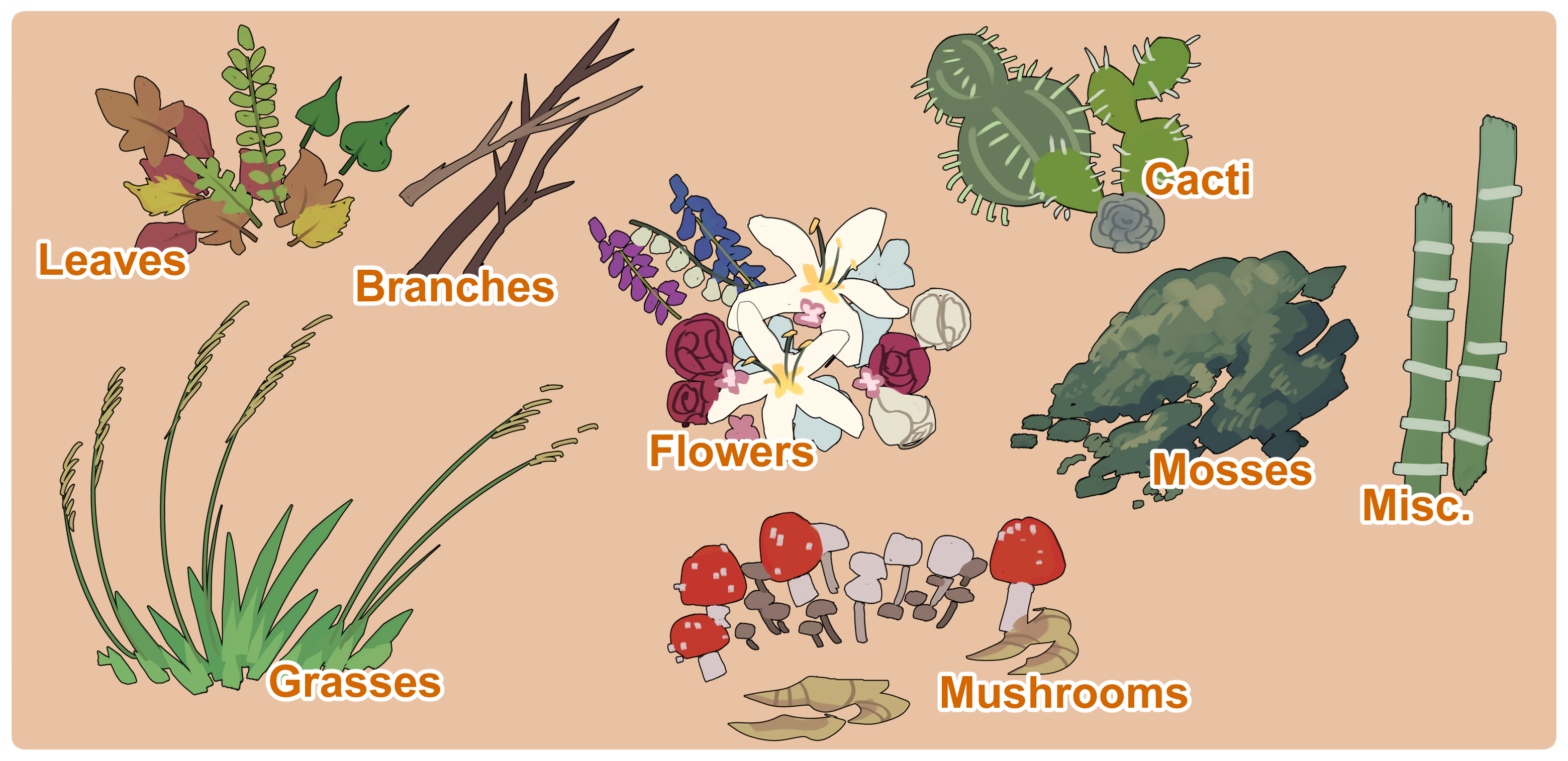
- Object growth should not replace an entire limb, and must appear as though its growing from the body rather than replacing it.
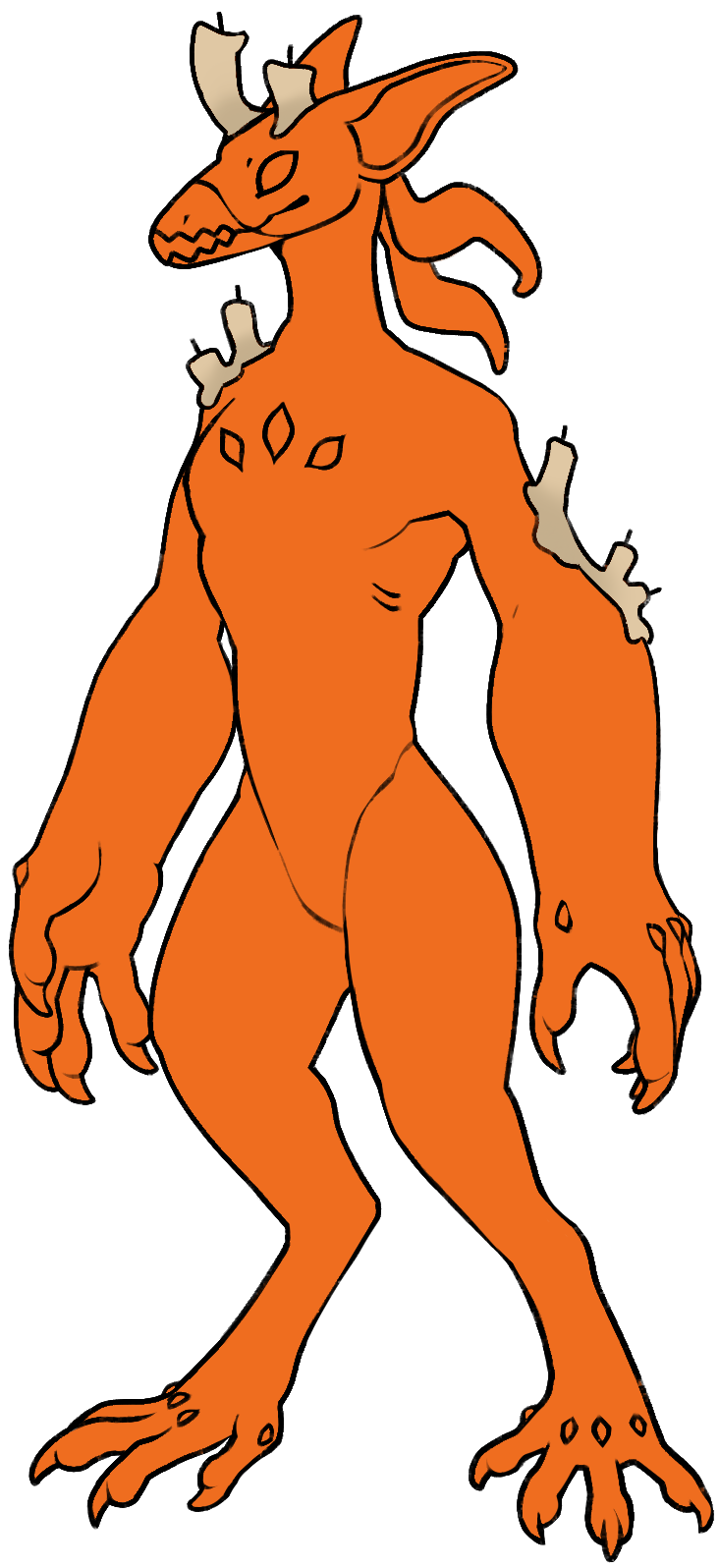
Can be applied by:
Object Growth (Gravents) (Myth)
[The design grows some form of object across its body. This covers one type of item, even if that specific item (ie: wires) has more than one material]
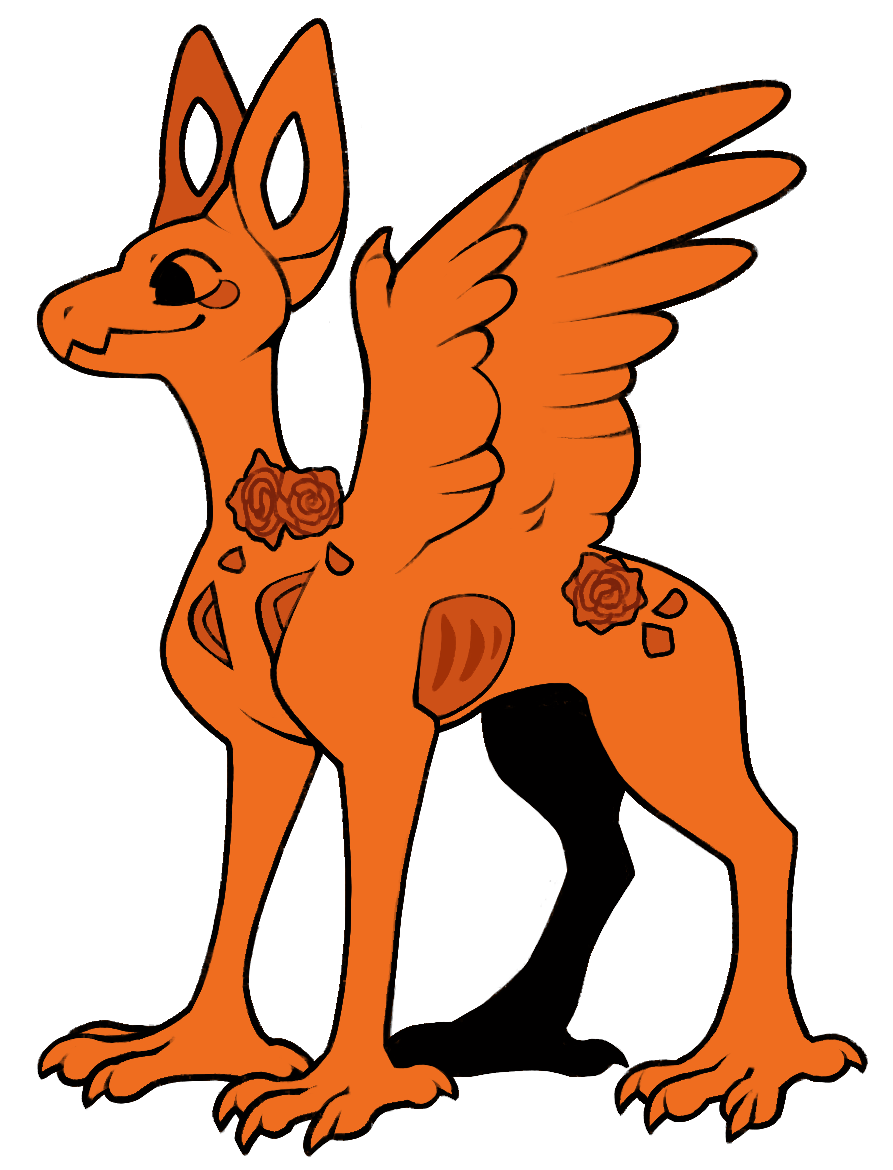
Can be applied by:
Object Growth (Nautipods) (Myth)
[The design grows some form of object across its body (Helm, Shell, Soft Body). This covers one type of item, even if that specific item (ie: wires, bone) has more than one material]
Can be applied by:
25+ Tendrils (Myth)
[25 or more Tendrils]
- Tendrils can differ or be similar
- Counts as total number for all tendrils across the body
- Tendrils may not heavily obscure the design
Overgrown Tendrils (Myth)
[Tendrils that are very clearly larger than are proportional to the character]
- Can affect one part of the tendril or the entire tendril
- Can effect all or only certain tendrils
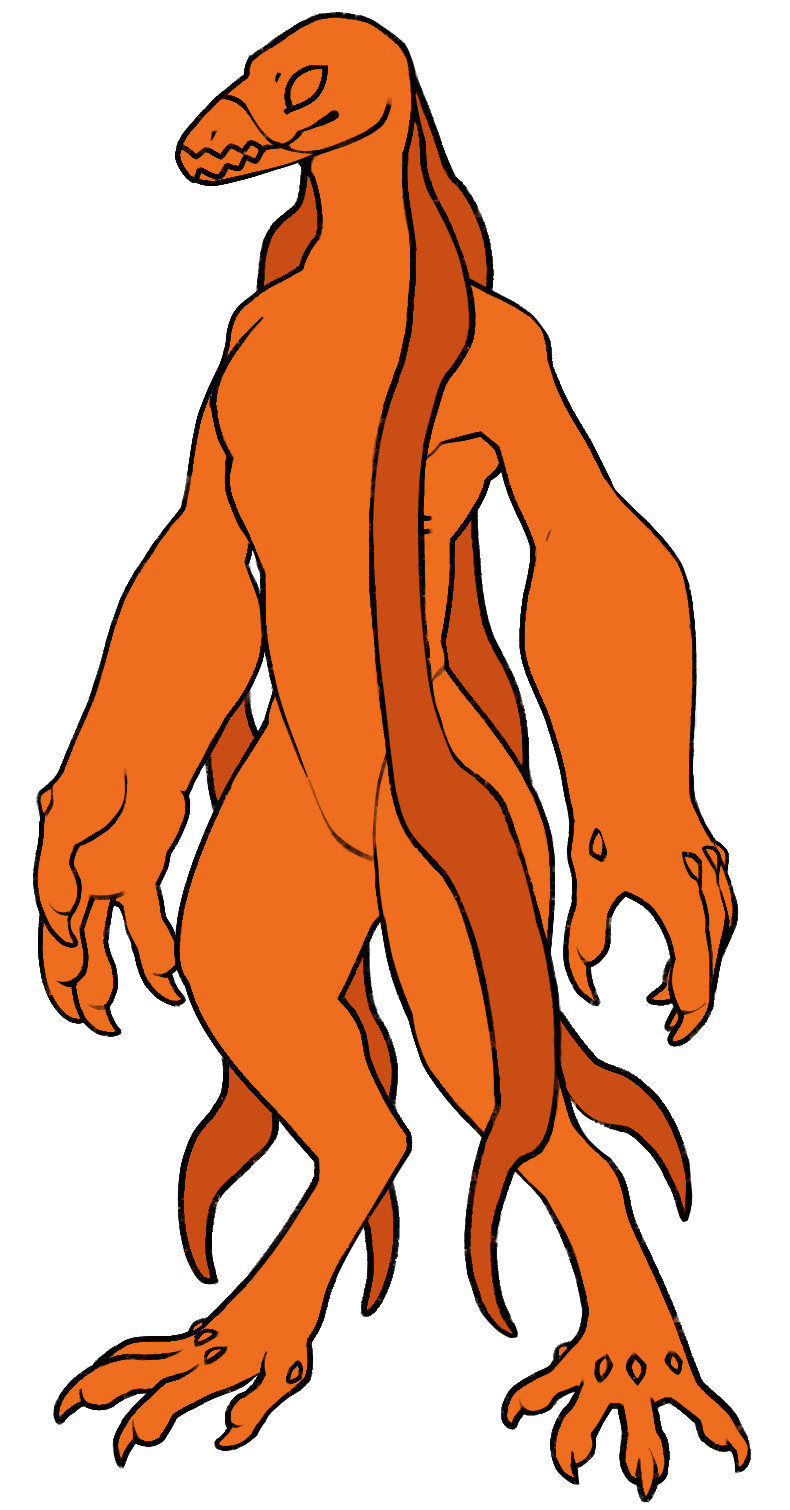
Can be applied by:
Tendrils on Lower Body (Myth)
[Tendrils are located somewhere other than the head/neck]
- Tendrils are located anywhere below where the neck meets the shoulders
- Can be placed on the ears, Horns/Spikes, wings, limbs, etc
- Tendrils can be asymmetric, placed in multiple spots, or dispersed across the body
- If Tendrils are located on the wings, when the wings are hidden, the tendrils are automatically placed on the closest part of the back
- This trait also allows for Tendrils to be placed on the face, forehead, and standard head/neck placements without the need for additional traits
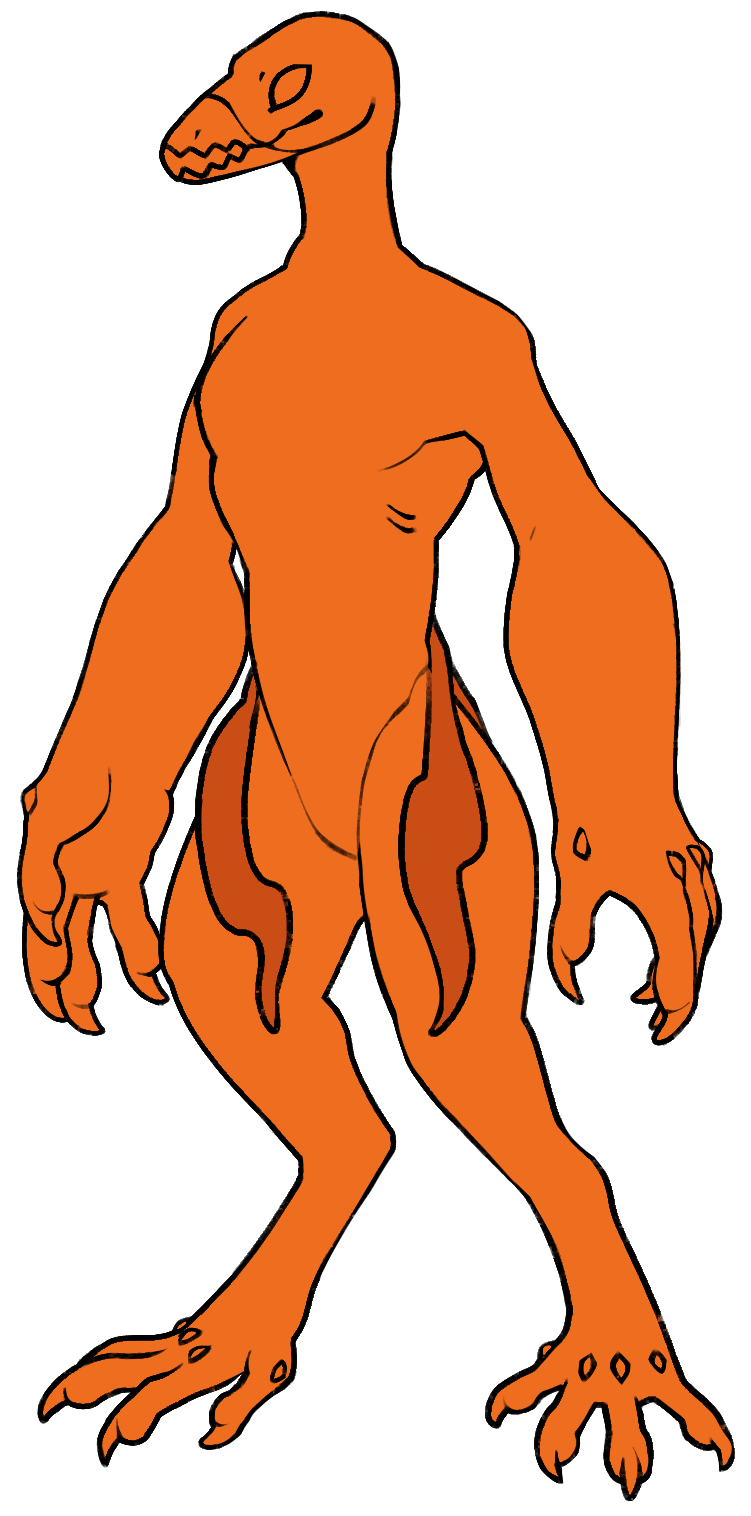
Odd-Shaped Tendril (Myth)
[Tendril is strangely shaped]
- Includes unnatural tapers, non-spike protrusions, natural holes, intricate shapes, and notches.
- Any tendril shape changing traits (Shaped Tendril Tip, Split Tendrils) can be applied to this tendril type freely without needing to use the traits.
- Tendril cannot resemble an object, hand, or creature with this trait
Opalescent (Myth)
[Entire design reflect multiple hues, considered opalescent or multi-chrome]
- Inlcudes Opalescent Eyes without the need for additional traits
- Can be opalsecent or multi-chrome
- Affects any color/marking on the body
- Can affect the blood, bones, and organs
Can be applied by:
Manta Influence (Myth)
[A fishy shell that resembles a manta or ray. Classified by wide, long flapping manta pectoral fins]
Can be applied by:
Overgrown Helm (Myth)
[Helm is wide or long in a way that is very clearly larger than is proportional to the character]
Can be applied by:
Hand Tentacles (Myth)
[Tentacles that end in hands]
- Must have 3 to 4 fingers and a thumb
- Can appear on all tentacles or a chosen few tentacles
- Can resemble paws
- Cannot resemble other animal or bug appendages without additional traits
